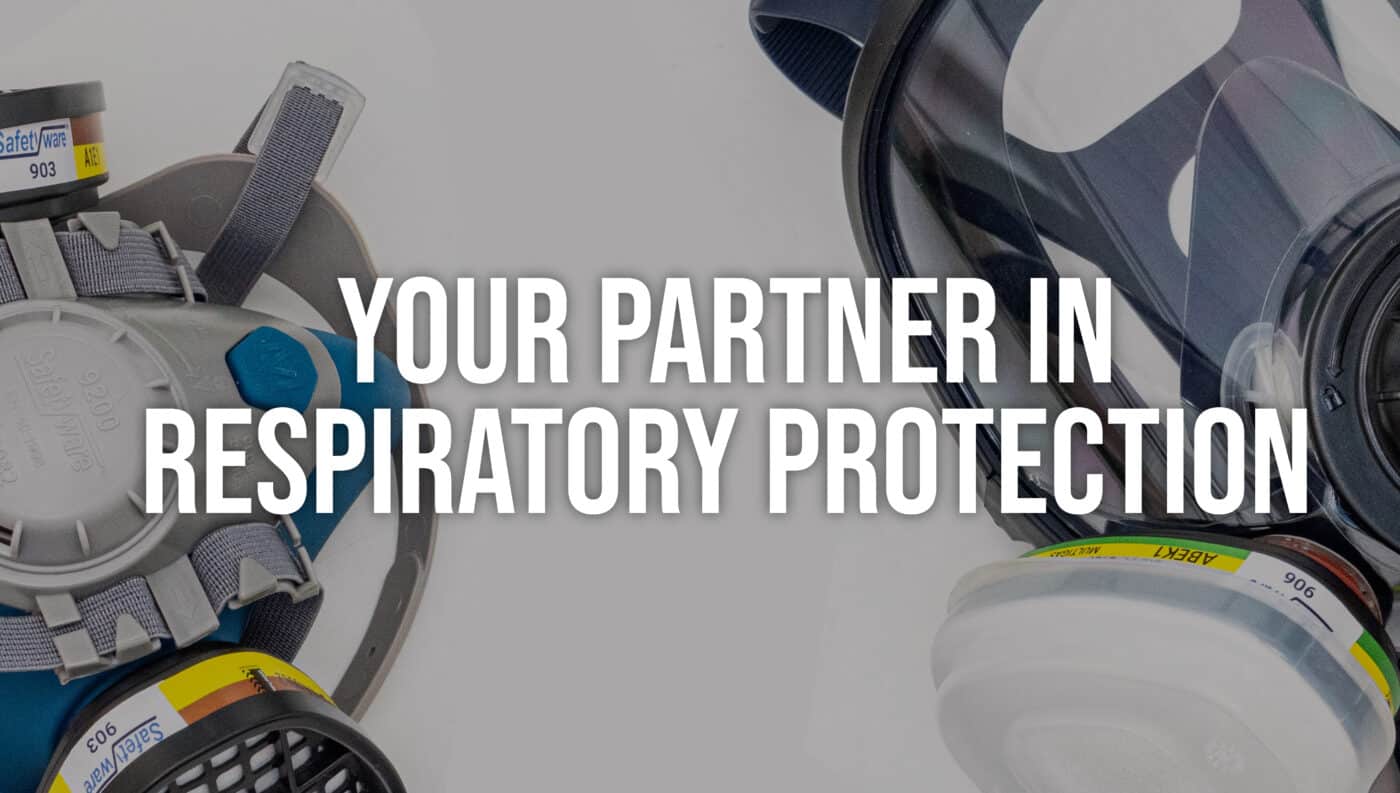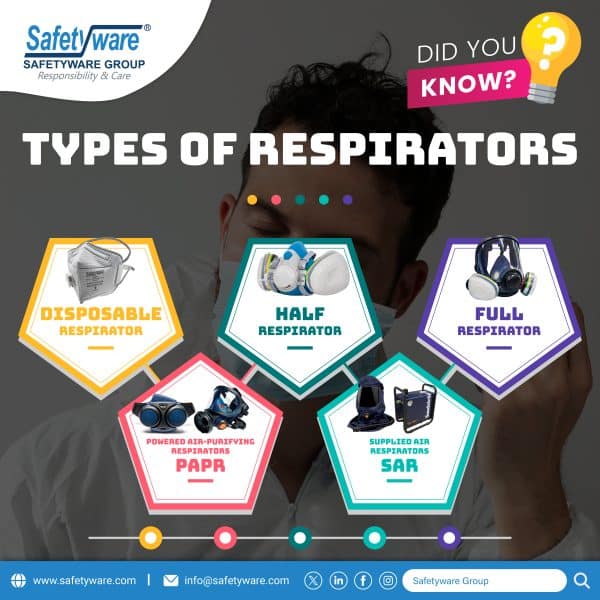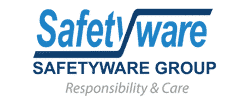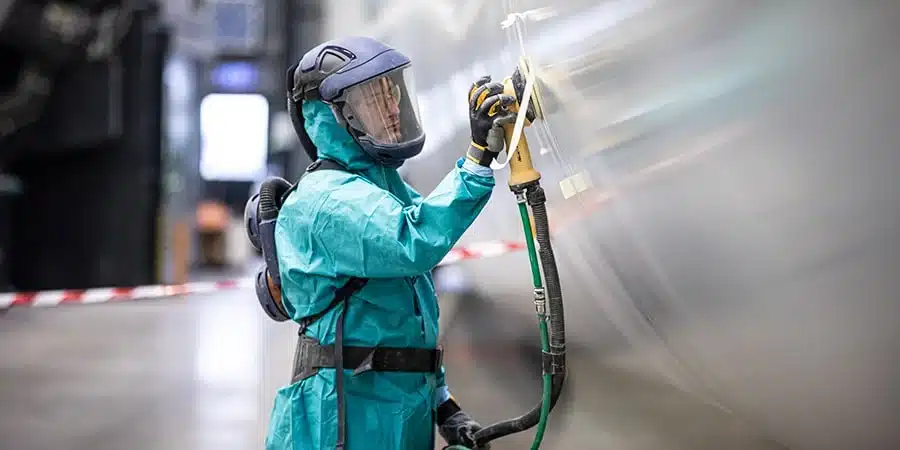Selecting the right respiratory filter is critical for protection against airborne hazards. Follow these steps to ensure optimal safety and compliance:

First Step : Identify the Hazard
A. Particulates (Dust, Mists, Fibers)
- Filter Types:
- N-Series: For non-oil particulates (e.g., wood dust, pollen).
- R/P-Series: For oil resistant (R) or oil proof (P) protection
- Efficiency Ratings:
- 95% (e.g., N95), 99% (N99), or 99.97% (P100/HEPA).
B. Gases & Vapors (Solvents, Acids, Ammonia)
- Cartridge Color Codes:
- Black: Organic vapors (paints, solvents).
- White: Acid gases (chlorine, sulfur dioxide).
- Green: Ammonia/methylamine.
- Yellow: Multi-gas (organic vapors + acid gases).
- Olive: Broad-spectrum
C. Combined Hazards
- Use dual purpose cartridges
Second Step : Determine Protection Level
- Calculate Assigned Protection Factor (APF):
- Formula: (Exposure Level) ÷ (Permissible Exposure Limit).
- Example: 500 ppm exposure ÷ 50 ppm PEL = APF 10 required.
- Match Respirator Type:
- Half-mask (APF 10): Low-risk tasks.
- Full-face (APF 50): High exposure or eye hazards.
- PAPR/SCBA (APF 25–10,000): Oxygen-deficient or IDLH environments.
Third Step : Ensure Compatibility & Fit
- Brand Consistency: Use filter designed for your respirator model.
- Fit Testing:
- Annual qualitative/quantitative tests.
- Perform seal checks before each use.
- Medical Evaluation: Mandatory for users with respiratory/cardiac conditions.
Last Step : Maintain & Replace Cartridges
- Service Life:
- Particulate Filters: Replace when breathing resistance increases.
- Gas Cartridges: Follow OSHA schedules; store sealed when unused.
- Cleaning:
- Wash with mild detergent; disinfect with diluted bleach.
Safetyware Solutions

- Specialized Cartridges:
- OV/P100 combo for oil based pesticides.
- Multi-gas olive cartridges for industrial chemicals.
- Compliance: Meets SIRIM and EU standards.
- Support Tools:
- Respiratory selector software for cartridge recommendations.
- Fit test kits for annual validation.
Mistakes to Avoid
- Using N-series filters with oil based hazards.
- Exceeding 8-hour use for R-series filters.
- Mixing incompatible filter and respirator brands.
Conclusion
Choosing the correct Respiratory Filter hinges on precise hazard identification, APF calculations, and strict maintenance. Safetyware’s NIOSH-certified cartridges—color-coded for quick selection—deliver reliable protection for industries like agriculture, manufacturing, and healthcare.
Explore Safetyware’s Respiratory Catalogue:
🔗 Download 2024 Catalog
📞 Contact: [email protected]
🌐 Website: www.safetyware.com

